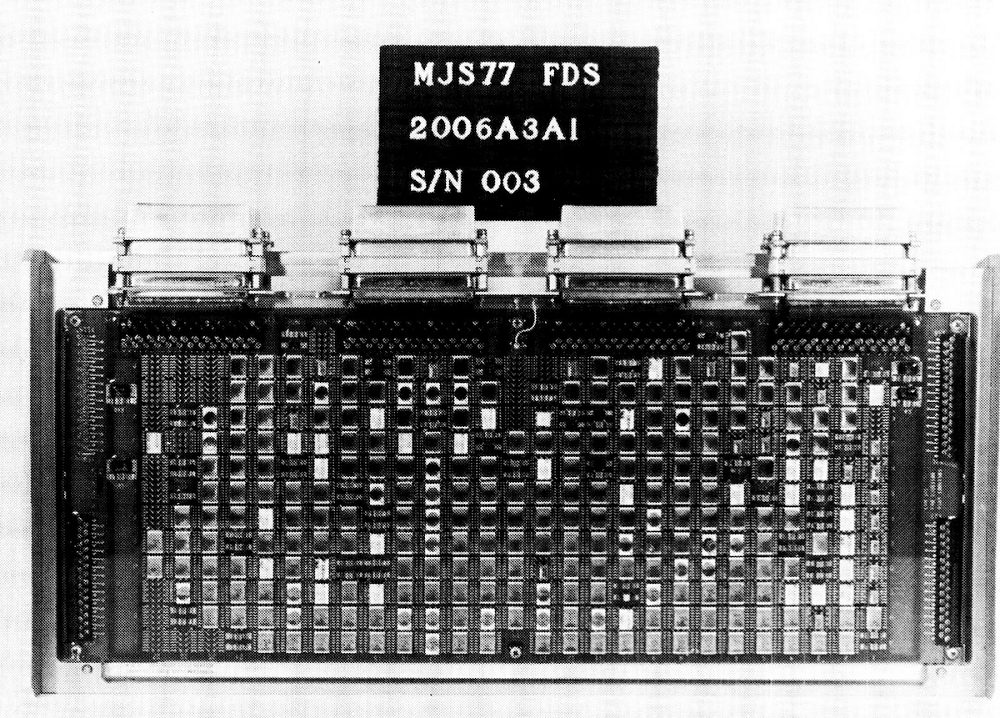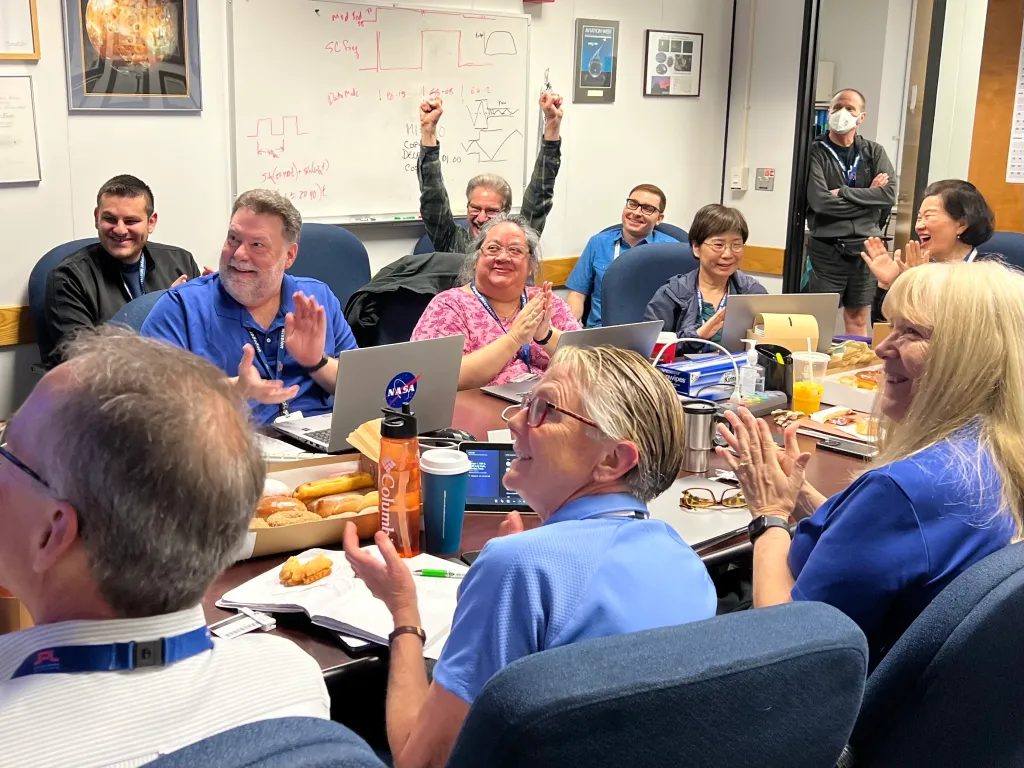In the field of aerospace missions, there is one that still continues to amaze us today due to the amount of objectives achieved. Well beyond the rosiest expectations and objectives initially defined. The probe Voyager 1launched on November 5, 1977, is the functioning artificial object at the furthest distance from Earth with which we are still able to exchange data today.
Voyager 1 had the mission of revealing the secrets of Jupiter and Saturn but after having brilliantly achieved that goal, it transformed itself into an object with a pioneering role ininterstellar exploration. As NASA tells it, Voyager 1 revealed Jupiter’s turbulent side, discovering a number of new features, including a thin ring around the planet and two new moons: Thebe and Metis. The most memorable moment was the close encounter with Jupiter’s fire moon, Io. Here, she discovered active volcanoes, recording a world geologically active beyond human imagination.
As for Saturn, Voyager 1 discovered 5 new moons, including an intricate ring system, and extraordinary atmospheric phenomena on Titan, suggesting the presence of liquid elements on its surface.
Voyager 1’s interstellar journey: where it is
The real (and unexpected) adventure of the Voyager 1 probe began when it passed the borders of our solar system. In fact, it became the first man-made object to cross this threshold and has continued to send data precious as he ventured into interstellar space.
Today Voyager 1 is about 24 billion kilometers away from planet Earth: on this page managed by NASA you can find real-time information on the probe, as well as information on the configuration of each module installed. The probe moves away at a speed of approximately 17 kilometers per second or 61,200 km/h.
For the last two decades, NASA has used the instruments of Voyager 1 (and its “sister” probe Voyager 2) to study cosmic rays, the magnetic field and the environment (plasma) in interstellar space. Both Voyager 1 and Voyager 2 both passed theeliopausaboundary at which the solar wind emitted by our Sun is stopped by the interstellar medium.
The problem occurred in November 2023
Exceeding all expectations, Voyager 1 continued to transmit information about the surrounding environment and its operations towards Earth, almost 47 years after launch. It did so without any problems until November 2023 when NASA technicians began receiving it incomprehensible dataclearly corrupt.
Confirming the first hypotheses of the engineers working at the Jet Propulsion Laboratory (JPL) NASA, the operational technicians from the Californian base have established that the subsequent inability to communicate with Voyager 1 is caused by a defect that appeared in a portion of the memory on board the probe. The memory area affected by the problem is an integral part of the Flight Data Subsystem (FDS), i.e. the subsystem that deals with flight data management. The FDS operates together with a central command and control computer as well as another device that supervises attitude and aiming control.
A photo depicting the FDS of Voyager 1, taken from the document “Computers in Spaceflight” (NASA).
The configuration of the memory installed on board Voyager 1
FDS is the computer responsible for collecting, processing and transmitting the scientific data e engineering towards Earth. The memory structure of the FDS that equips Voyager 1 is based on computer technologies from the 1970s. For its time, FDS represented a notable innovation: it mounted volatile memorya relatively new concept for space computers at the time.
The incident that came to light in November 2023 relates precisely to a fault or the memory corruption installed in the FDS module. The memory is organized in such a way as to allow the storage and recovery of data from the numerous sensors installed on board Voyager 1.
For almost four months, from November 2023, NASA experts were no longer able to decipher any data transmitted by the probe. The fact that Voyager 1 was still alive was the only confirmation.
How did NASA engineers solve the problem on a probe that is 24 billion kilometers away?
The checks carried out in recent months, however with many difficulties, have made it possible to establish that approximately 3% of memory of Voyager 1’s FDS results corrupt.
Today, to avoid the use of amemory area detected as damaged, usually adopt different approaches depending on the context and type of problem. If the corrupted portion of memory is detected during a diagnostic test, you can isolate the damaged area by proceeding at the operating system or firmware level.
In some cases the so-called is carried out memory mapping that is, the addresses of the damaged area are mapped to another area of memory that works correctly.
Critical systems use error correction algorithms (ECC): obviously, specific hardware and software support are required in this case. In most situations, however, damaged memories are replaced by physically intervening on them.
It takes 45 hours to get a response to any command sent to the Voyager 1 probe
The problem with Voyager 1 is obviously the now dated technology it uses and, above all, the distance at which the probe is located. The one-way travel time for a radio signal time to reach Voyager 1 from Earth is currently approximately 22.5 hours. This means they are needed about 45 hours for engineers on the ground to send a command to the probe and receive the single response to the transmitted input.
Furthermore, NASA must also use its largest ones communication antennas to contact Voyager 1. These antennas, with a diameter of 70 meters, are also necessary to manage many other probes used in other missions: the Voyager team, therefore, is in fact in competition with the other working groups for have the possibility of using the antennas exclusively.
The solution adopted to restore memory functioning is effective
Voyager 1 had a backup FDS but it stopped functioning entirely in 1982, just a few years after the probe’s launch. So how did NASA engineers regain control of communications with Voyager 1?
First of all, the experts had to refer to paper documents, memos and technical drawings to understand the details of the FDS. After months of in-depth analysis and evaluation of possible solutions, the JPL team managed – at the beginning of March 2024 – to send a command towards Voyager 1 to induce the system to transmit the contents of the FDS memory.
The Voyager team celebrates the restoration of a “stable” connection with the probe launched in 1977. The historic photo is from April 20, 2024 (credit: NASA/JPL-Caltech).
Once this phase was completed, the engineers transmitted a further “ad hoc” command to restart the FDS system. Specifically, as we mentioned earlier, they could isolate the portion of memory damaged, causing the FDS to use the memory areas that remained intact. All in all, 69 KB in RAM (!) are distributed across three chips that manage all the data.
Following these interventions, carried out at a sidereal distance, starting from April 20, 2024, Voyager 1 began to transmit useful and understandable data again.
However, the work is not yet complete. Now engineers must restore the various modes of data transmission scientific starting from the 3.7 meter diameter antenna installed on Voyager 1. All operations that will require further analysis and adjustments to the code.
The opening image is taken from the Mission Status – NASA website.



